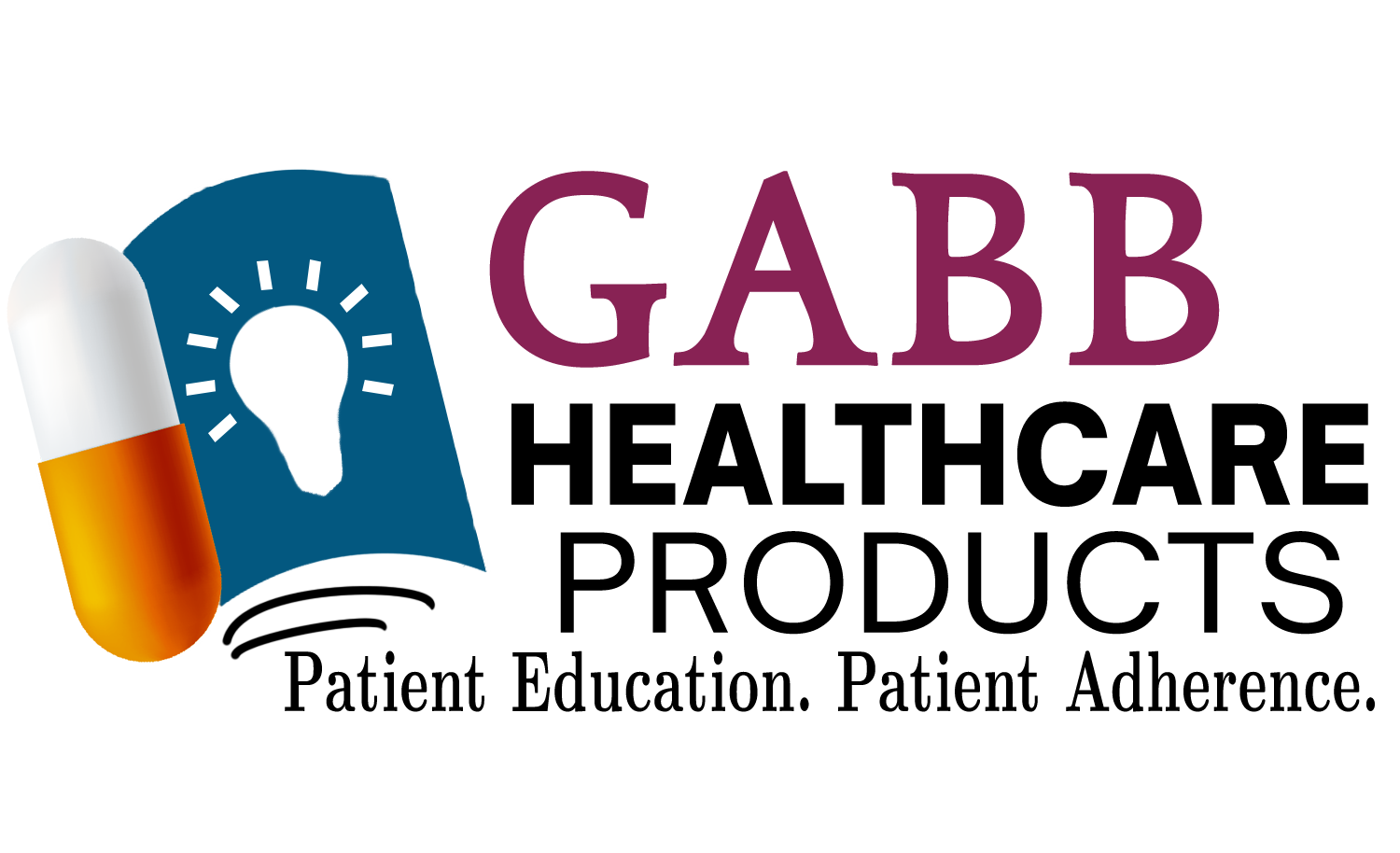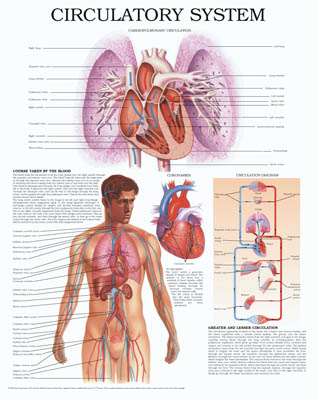Circulatory System
The pulmonary artery carries blood to the lungs in its left and right branches. Deoxygenated blood oxygenates again in the lungs (gas exchange; it exchanges carbon dioxide for oxygen, and thereby becomes enriched), then it returns to the left atrium through the four pulmonary veins (two on the left, and two on the right), recently oxygenated from the lungs. These pulmonary veins are the only veins in the body that carry blood with oxygen and nutrients. They go into the left ventricle, and then through the mitral valve, to then go to the aortic artery through the aortic valve. All the organs and tissues of the human body will be enriched by the aortic artery with this oxygenated blood.
[hfe_template id=’16280′]

